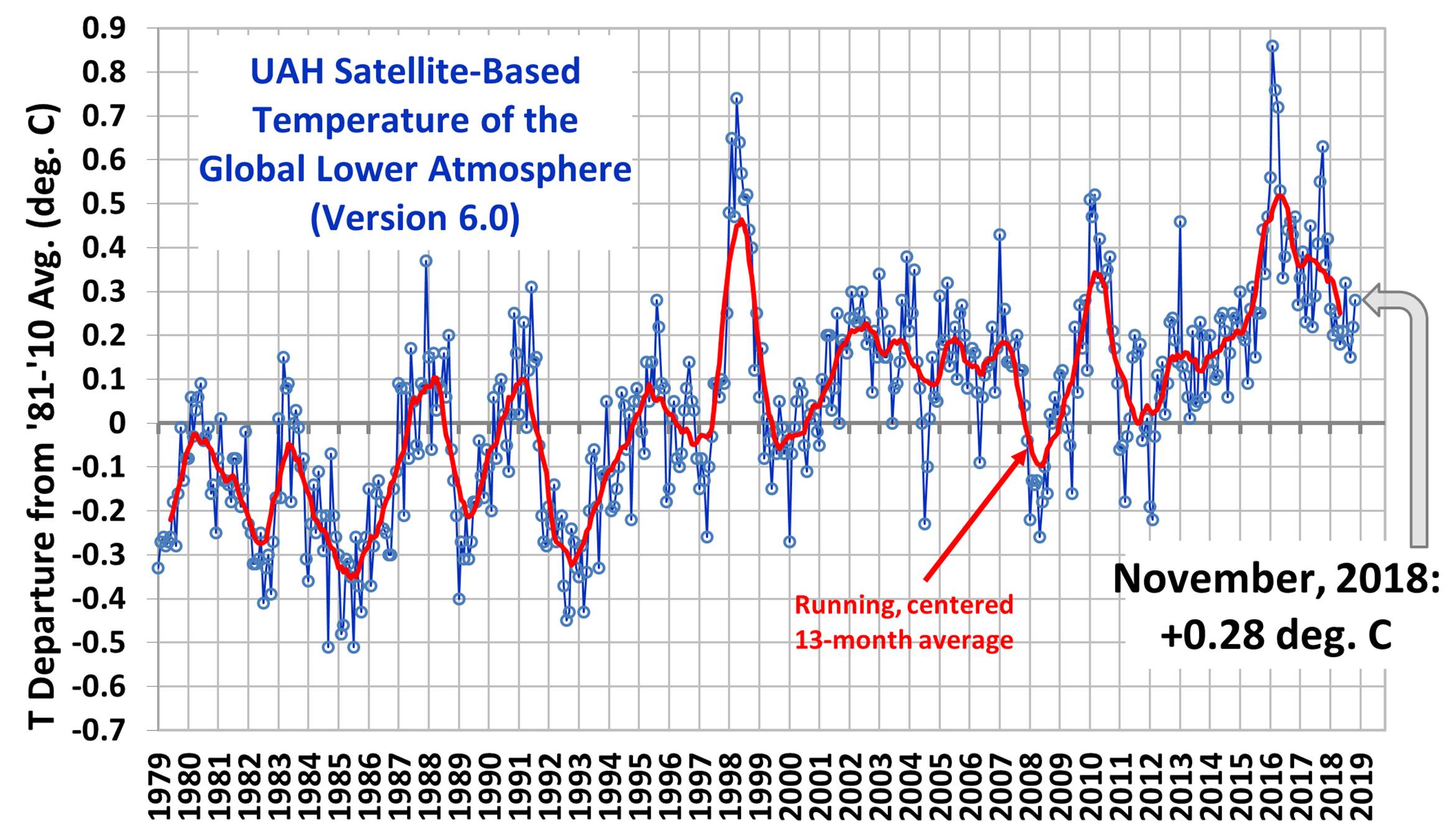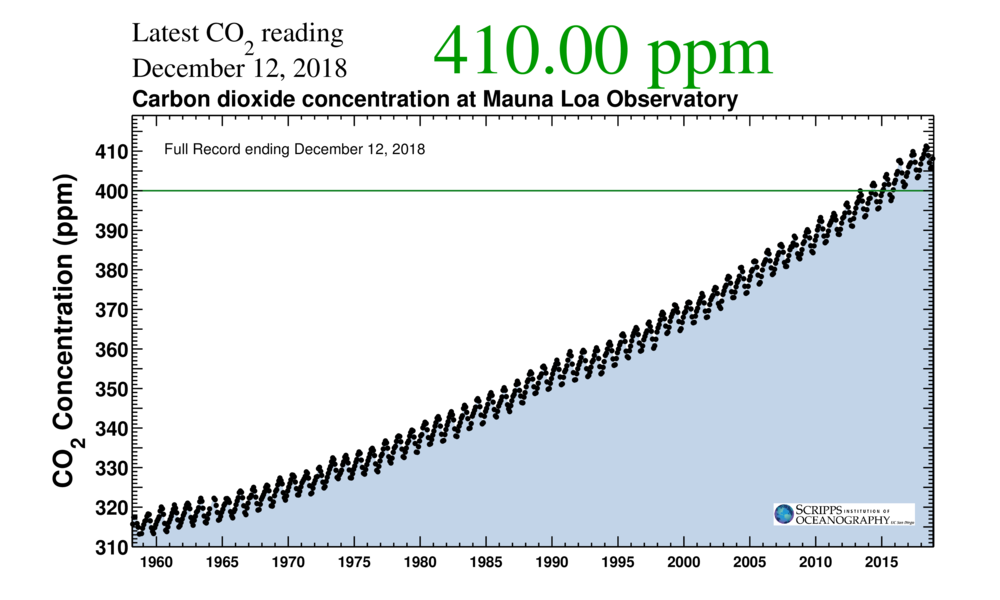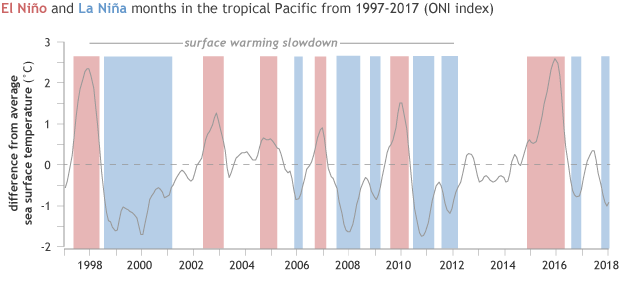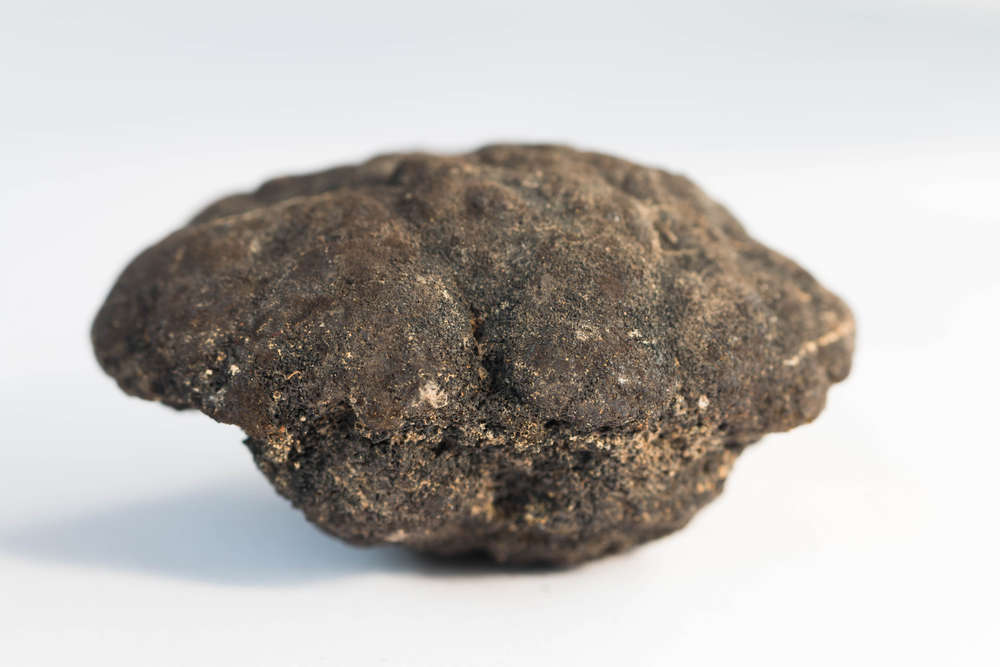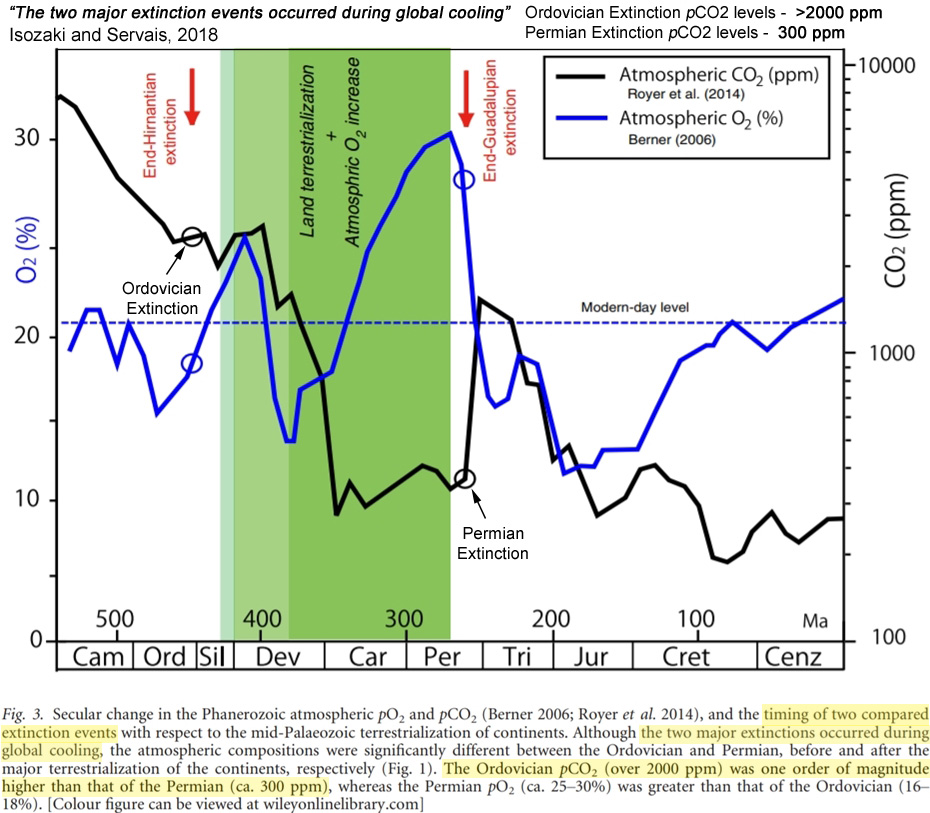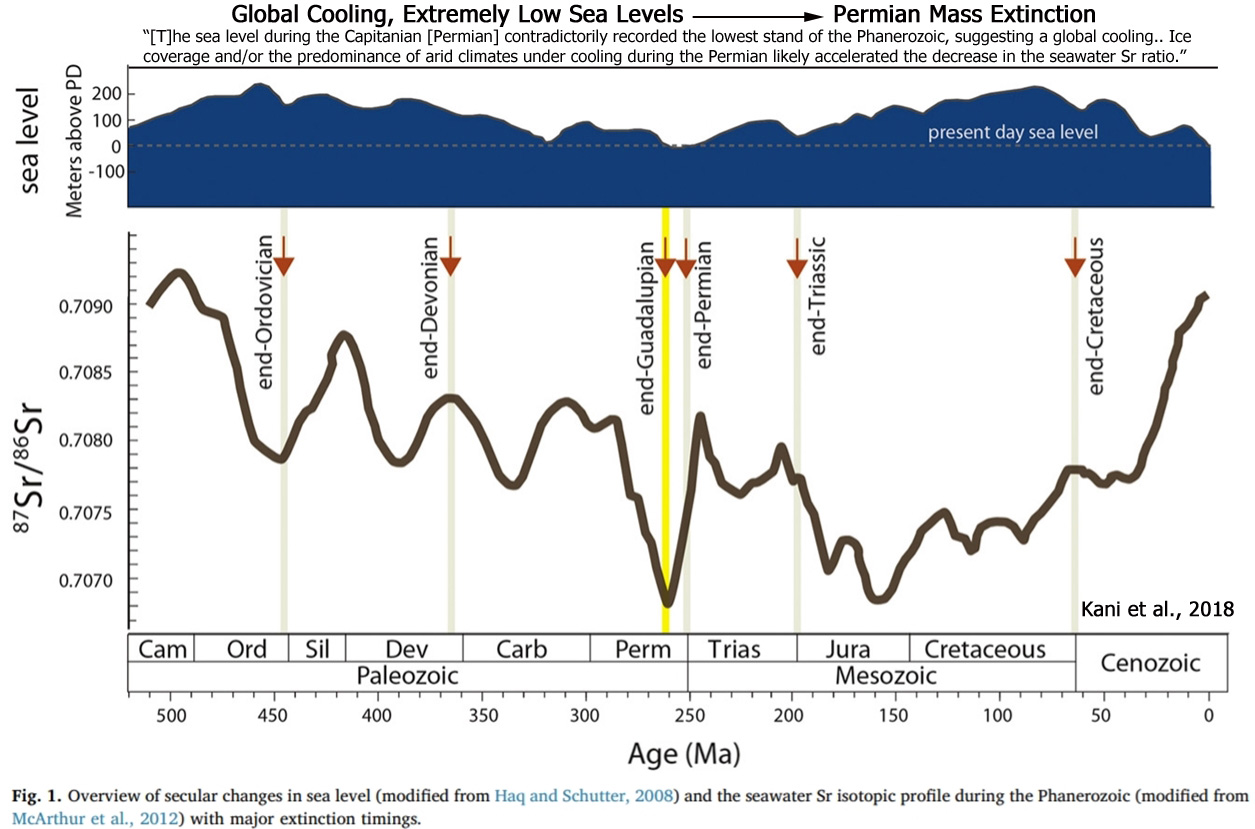- Oct 30, 2010
- 5,547
- 4,365
- AFL Club
- Hawthorn
There has been some warming since 1998 but much less than the models based on anthropogenic warming indicated. It's plausible that the small rise in temperature was due to natural variability and there has been an overestimation in the models of sensitivity to elevated greenhouse gas concentrations.
surely you appreciate that using 1998 as a reference point in this fashion is a really poor way to approach the issue? i'll explain further if you want, but i would've thought you'd already know such basics?
Love the talk of science here. Its strange how science matters here but not for GM foods, coal seam gas or even how many genders there are.
there are about 5 threads on GMOs on bigfooty that i am aware of. think i've posted in all of them




